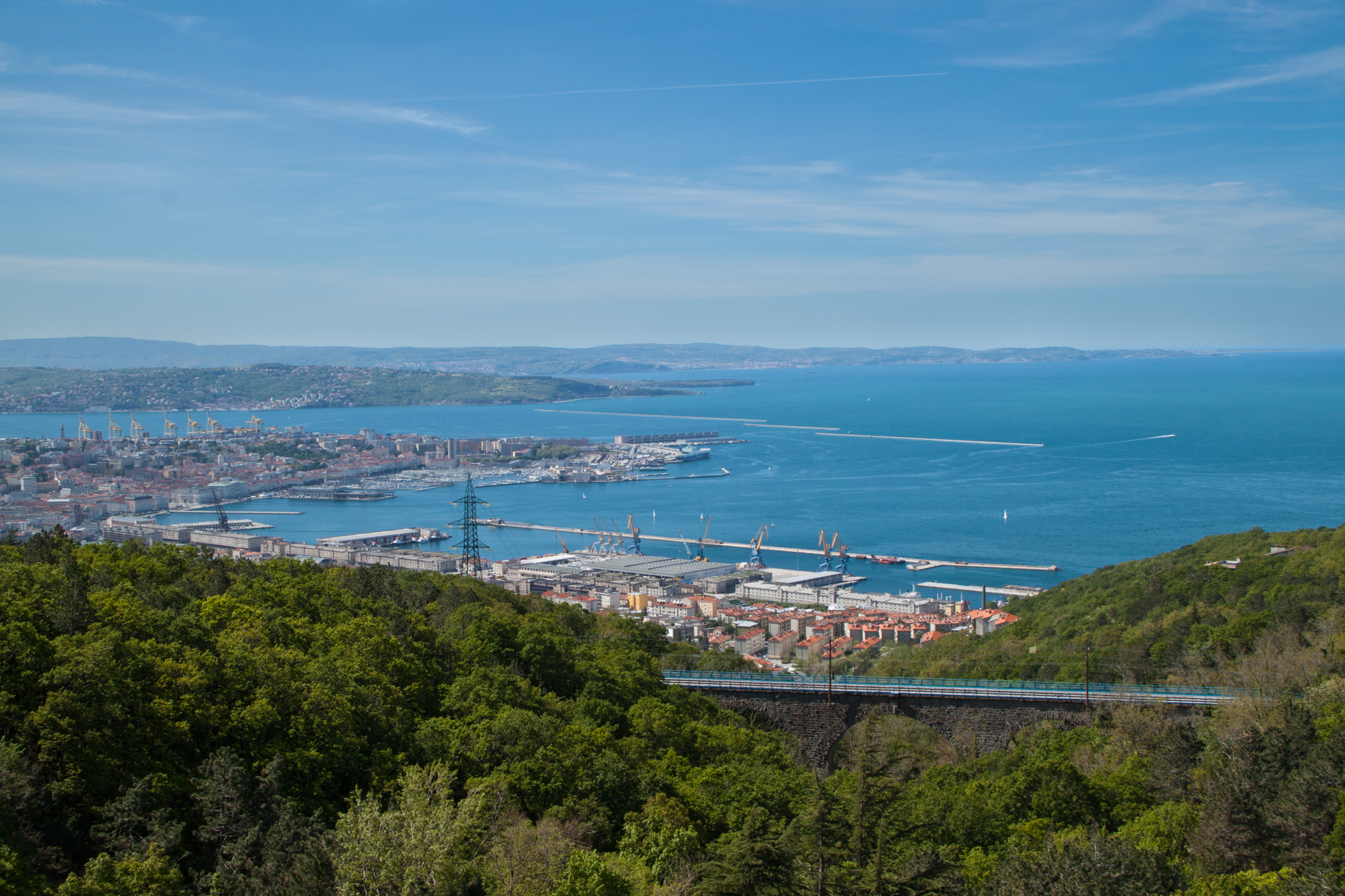Geometry of Integrable systems
005
SISSA

The history of integrable systems goes back to 19th century work in classical mechanics, differential geometry, complex analysis, differential equations and nonlinear special functions. The modern theory is grown up around the study of KdV type equations, the seminal paper of Zabusky and Kruskal about the recurrence behaviour of solutions, following the discovery of multi-soliton solutions and infinite number of conservation laws. Nowadays an integrable system can be considered a model problem whose behaviour gives significant insight to non-integrable systems. The aim of the Conference is to bring together leading international researchers who have various connections with the field of integrable systems, concentrating primarily on the mathematical aspects of the theory.
The preliminary list of speakers includes
Simonetta Abenda (Bologna) Dario Bambusi (Milano Statale)
Alexander Buryak (ETH, Zurich) Mattia Cafasso (Angers)
Guido Carlet (Amsterdam) Mauro Carfora (Pavia)
Paolo Lorenzoni (Milano Bicocca) Oleg Lisovyy (LMP, Tours)
Vieri Mastropietro (Milano Statale) Giovanni Ortenzi (Milano Bicocca)
Antonio Moro (New Castle) Antonio Ponno (Padova)
Barbara Prinari (Colorado Springs) Paolo Rossi (Dijon)
Vasilisa Shramchenko (Sherbrooke, CA) Raffale Vitolo (Lecce)
Di Yang (Max Planck Bonn)
Scientific Committee: Boris Dubrovin, Gregorio Falqui, Tamara Grava
Organizing Committee: Marco Bertola, Tamara Grava, Giulio Ruzza


